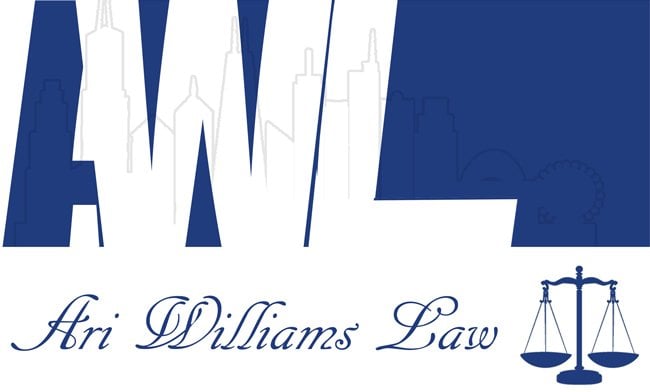Going out with friends for a night of fun can be a highlight of someone’s week. Yet, that joy can quickly turn to fear if a driver sees the flashing lights of a police vehicle behind them as they head home.
Law enforcement agencies have a duty to keep the roads safe, which involves keeping impaired drivers off the roadways. The process involves a series of steps, each backed by legal protocols, to determine if a driver is too impaired to operate a vehicle safely.
Reasonable suspicion
The first step in a drunk driving stop is establishing reasonable suspicion. This legal standard allows officers to make an initial stop if they observe behaviors indicative of impaired driving. These behaviors include swerving, erratic speed changes, ignoring traffic signals or unusual driving patterns. Reasonable suspicion doesn’t require concrete evidence of drunk driving. Instead, it’s based on seeing things that would lead an average and reasonable person to suspect that the driver might be under the influence of alcohol.
Standardized field sobriety tests
Once a vehicle is stopped, officers may conduct standardized field sobriety tests (SFSTs) if they believe the driver may be impaired. These tests help to evaluate common behaviors that are impacted by impairment. The three main tests include the horizontal gaze nystagmus (HGN), walk-and-turn, and one-leg stand. Failure to perform these tasks sufficiently can indicate impairment and justify further investigation.
Preliminary alcohol screening device
A preliminary alcohol screening (PAS) device, often a handheld breathalyzer, is used to measure a driver’s blood alcohol concentration (BAC) at the scene. This test is voluntary but refusing it post-arrest can result in legal consequences, including mandatory testing under implied consent laws.
A PAS device offers immediate results, providing officers with a quantifiable measure of alcohol impairment which can be used to support their observations and the results of SFSTs. If impairment is indicated, drivers will likely be asked to submit to a breath test on a stationary, more reliable machine or to provide blood or urine for testing.
If an officer has probable cause, which is a higher standard than reasonable suspicion, they may arrest a driver. At this point, a driver should seek legal guidance to determine their options for presenting a defense against the charges that they’re now facing.


